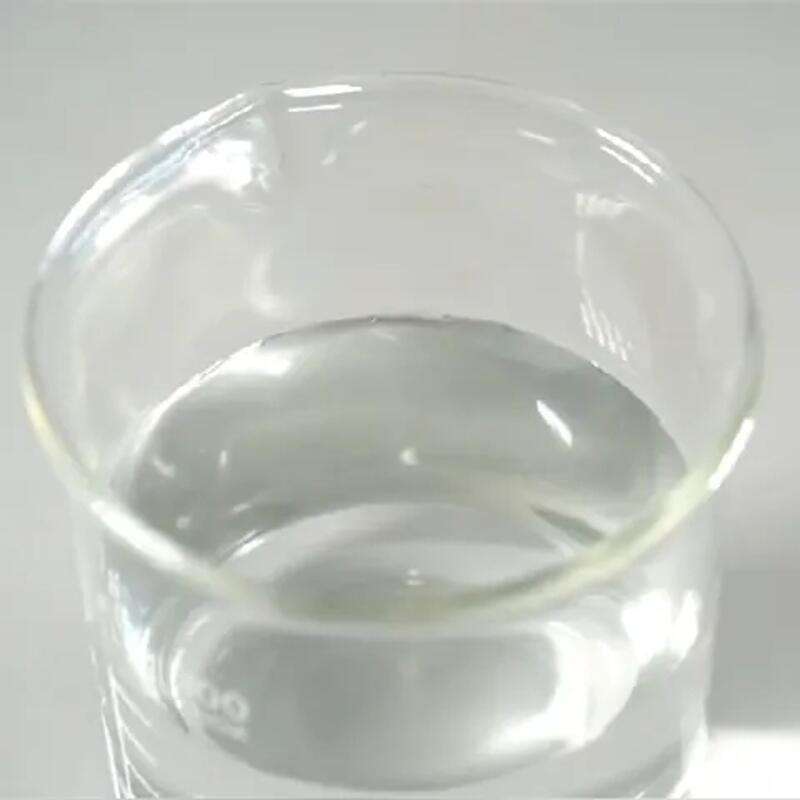-
Categories
-
Pharmaceutical Intermediates
-
Active Pharmaceutical Ingredients
-
Food Additives
- Industrial Coatings
- Agrochemicals
- Dyes and Pigments
- Surfactant
- Flavors and Fragrances
- Chemical Reagents
- Catalyst and Auxiliary
- Natural Products
- Inorganic Chemistry
-
Organic Chemistry
-
Biochemical Engineering
- Analytical Chemistry
-
Cosmetic Ingredient
- Water Treatment Chemical
-
Pharmaceutical Intermediates
Promotion
ECHEMI Mall
Wholesale
Weekly Price
Exhibition
News
-
Trade Service
Salmeterol xinafoate is a synthetic drug that is primarily used to treat asthma and other respiratory conditions.
It is a long-acting beta-adrenergic receptor agonist (LABA) that works by relaxing the smooth muscle around the airways, which helps to open the airways and improve breathing.
Salmeterol xinafoate is available under several brand names, including Advair and Serevent, and is typically used in conjunction with other asthma medications.
The synthesis of salmeterol xinafoate involves several steps, which can be broadly classified into four categories: nitrating, nitrilation, reduction, andydrogenation.
Each of these steps is important in the overall synthesis of the drug and must be carried out carefully in order to ensure that the final product is of high quality.
The nitrating step is the first step in the synthesis of salmeterol xinafoate.
In this step, the precursor compound, 4-hydroxy-beta-methylamino-3-nitrobenzene, is treated with nitric acid to form the nitrate ester.
This is followed by the nitrilation step, in which the nitrate ester is treated with a secondary amine, such as ammonia or aniline, to form the nitrile.
The reduction step is next, in which the nitrile is reduced to form the amine.
This is typically accomplished using a reducing agent, such as hydrogen gas or a metal hydride, in the presence of a catalyst.
Finally, the hydrogenation step is used to convert the amine to the final product, salmeterol xinafoate.
This is typically accomplished using a metal hydride catalyst and hydrogen gas.
Each of these steps in the synthesis of salmeterol xinafoate must be carried out carefully in order to ensure that the final product is of high quality.
This requires the use of high-quality reagents, catalysts, and solvents, as well as careful temperature and pressure control.
Additionally, the synthesis process must be monitored to ensure that it is proceeding as expected, and any issues or problems that arise must be addressed promptly in order to avoid any contamination or other issues that could affect the quality of the final product.
Overall, the synthesis of salmeterol xinafoate is a complex process that involves several steps and requires careful attention to detail.
However, the end result is a valuable drug that can help to improve the lives of people with asthma and other respiratory conditions.
As such, the development and production of salmeterol xinafoate is an important area of research and development in the chemical industry.







